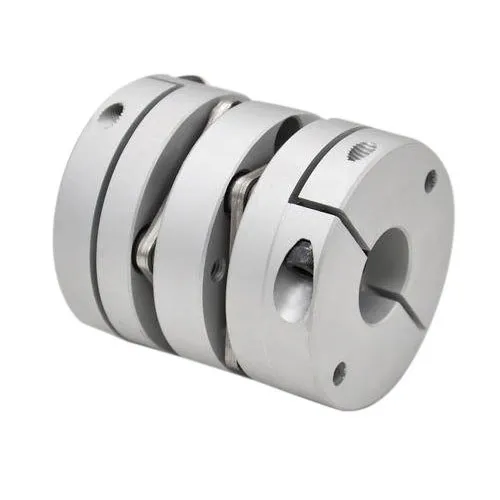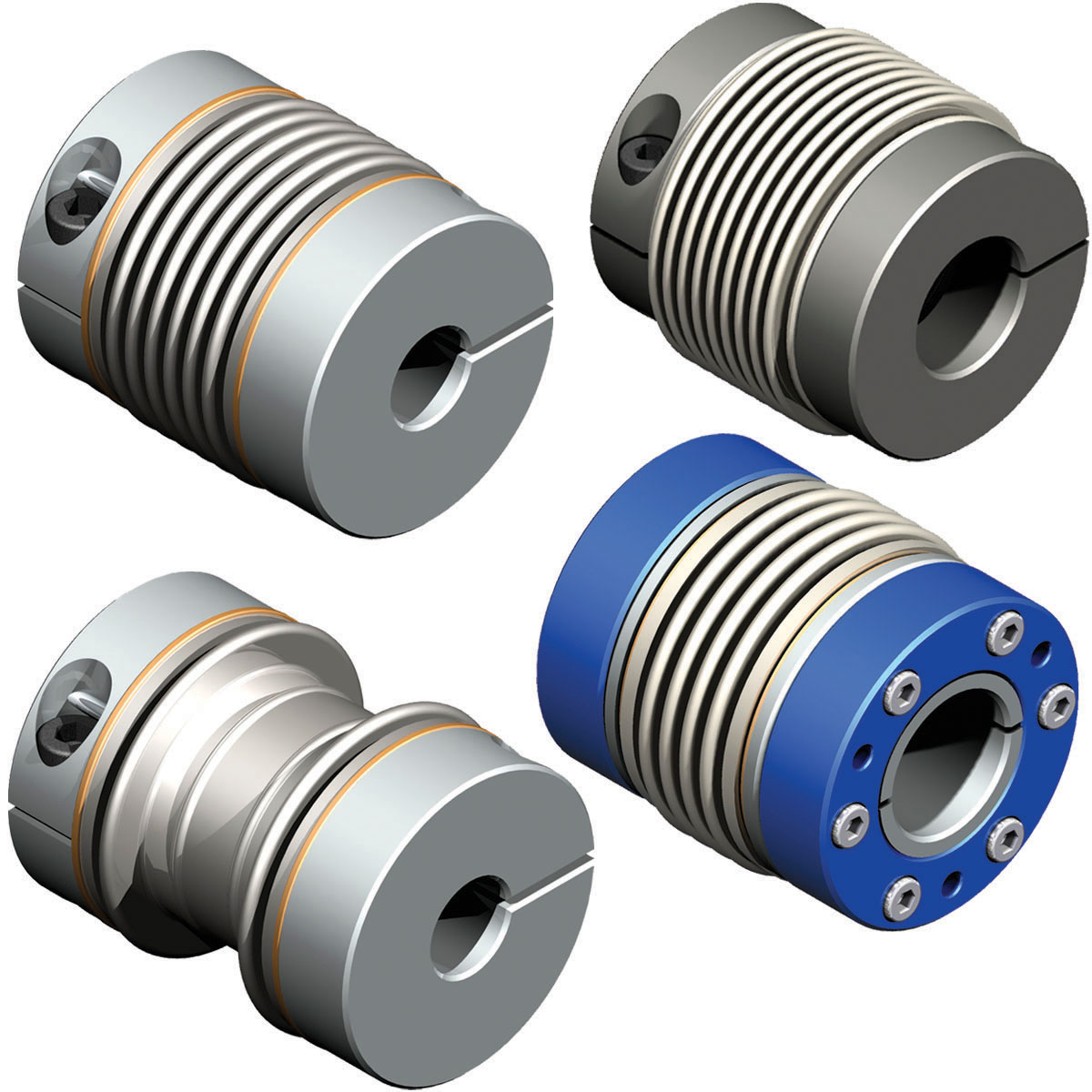Product Description
1111111111111111111111111111111111111111111111111111111111111111111111111111111111111111111111111111111111111111
| Item No. | φD | L | L1 | W | M | Tighten the strength(N.m) |
| SG7-11-30- | 30 | 50 | 18.5 | 13 | M3(4) | 1.2 |
| SG7-11-40- | 40 | 66 | 25 | 16 | M4(6) | 2.7 |
| SG7-11-55- | 55 | 78 | 30 | 18 | M5(4) | 6 |
| SG7-11-65- | 65 | 90 | 35 | 20 | M5(6) | 6 |
| SG7-11-80- | 80 | 114 | 45 | 24 | M6(8) | 10 |
| SG7-11-95- | 95 | 126 | 50 | 26 | M8(4) | 35 |
| SG7-11-105- | 105 | 140 | 56 | 28 | M8(4) | 35 |
111111111111111111111111111111111111111111111111111111111111111111111111111111111111111111111111111111111111111111111111111111111111111111111111111111111111111111111111111111111111111111111111111111111111
| Item No. | Rated torque | Maximum Torque | Max Speed | Inertia Moment | N.m rad | Tilting Tolerance | End-play | Weight:(g) |
| SG7-11-30- | 7.4N.m | 14.8N.m | 20000prm | 8.7×10-4kg.m² | 510N.m/rad | 1.0c | +0.6mm | 50 |
| SG7-11-40- | 9.5N.m | 19N.m | 15000prm | 1.12×10-3kg.m² | 550N.m/rad | 1.0c | +0.8mm | 120 |
| SG7-11-55- | 34N.m | 68N.m | 13000prm | 4.5×10-3kg.m² | 1510N.m/rad | 1.0c | +0.8mm | 280 |
| SG7-11-65- | 95N.m | 190N.m | 10500prm | 9.1×10-3kg.m² | 2800N.m/rad | 1.0c | +0.8mm | 450 |
| SG7-11-80- | 135N.m | 270N.m | 8600prm | 1.9×10-2kg.m² | 3600N.m/rad | 1.0c | +1.0mm | 960 |
| SG7-11-95- | 230N.m | 460N.m | 7500prm | 2.2×10-2kg.m² | 4700N.m/rad | 1.0c | +1.0mm | 2310 |
| SG7-11-105- | 380N.m | 760N.m | 6000prm | 3.3×10-2kg.m² | 5800N.m/rad | 1.0c | +1.0mm | 3090 |
/* January 22, 2571 19:08:37 */!function(){function s(e,r){var a,o={};try{e&&e.split(“,”).forEach(function(e,t){e&&(a=e.match(/(.*?):(.*)$/))&&1

Contributing to Accuracy and Repeatability in Motion Systems
Servo couplings play a crucial role in improving the accuracy and repeatability of motion systems by addressing several key factors that influence performance:
- Flexibility and Misalignment Compensation: Servo couplings are designed to be flexible, allowing them to accommodate small misalignments between the motor and the driven load. This flexibility helps prevent mechanical binding and reduces stress on the motor and bearings, ensuring smoother and more accurate motion.
- Backlash Minimization: Backlash is the play or clearance between the mating teeth or elements of a coupling. It can introduce errors in motion systems, leading to inaccuracies and reduced repeatability. Servo couplings, especially zero-backlash types, are engineered to minimize or eliminate backlash, providing precise and immediate response to changes in direction and velocity.
- Inertia Reduction: Inertia refers to the resistance of an object to changes in its state of motion. Servo couplings with low mass and compact designs contribute to reducing the overall inertia in the system. Lower inertia allows for faster acceleration and deceleration, improving the system’s responsiveness and accuracy.
- High Torque Transmission: Servo couplings are capable of transmitting high torque efficiently, ensuring that the motion system can handle the required loads without slippage or power loss. This high torque capacity is vital for maintaining accuracy in high-power applications.
- Vibration Damping: Vibrations can negatively impact the accuracy and repeatability of motion systems. Servo couplings with damping properties can absorb and dampen vibrations, preventing resonance and oscillations that could affect precision.
- Consistent Performance: Servo couplings are manufactured to strict tolerances, ensuring uniformity and consistency in their performance. This uniformity contributes to reliable and repeatable motion control, critical in applications requiring precise positioning and motion.
By addressing these factors, servo couplings enable motion systems to achieve higher levels of accuracy and repeatability, making them suitable for applications such as CNC machining, robotics, semiconductor manufacturing, medical devices, and more. The improved precision and reliability provided by servo couplings lead to higher product quality, increased productivity, and reduced downtime in various industrial processes.

Specialized Servo Couplings for Harsh Environments and Corrosive Conditions
Yes, there are specialized servo couplings specifically designed for use in harsh environments or corrosive conditions. These couplings are engineered with materials and features that provide enhanced durability and resistance to environmental factors. Here are some types of specialized servo couplings for such conditions:
- Stainless Steel Servo Couplings: Stainless steel couplings are highly corrosion-resistant and suitable for applications where exposure to moisture, chemicals, or corrosive substances is a concern. They offer excellent performance in harsh and corrosive environments.
- Plastic Servo Couplings: Plastic couplings, made from materials like polyurethane or PEEK, are resistant to corrosion and chemicals. They are ideal for applications that involve exposure to aggressive substances and where metallic couplings may not be suitable.
- Hermetic Sealing: Some servo couplings come with hermetic sealing, providing an airtight and watertight enclosure. These couplings are used in environments where ingress of dust, moisture, or other contaminants must be prevented.
- Coated Surfaces: Certain servo couplings feature coatings like zinc, nickel, or chrome to provide an additional layer of protection against corrosion and wear. These coatings can extend the lifespan of the coupling in demanding environments.
- Non-Metallic Elements: Specialized servo couplings may use non-metallic elements, such as composite materials, to improve corrosion resistance while maintaining flexibility and torque transmission capabilities.
When selecting a servo coupling for harsh environments or corrosive conditions, it’s essential to consider factors like the specific corrosive agents, operating temperature, and the coupling’s compatibility with the application requirements. Using the right specialized servo coupling can ensure reliable and long-lasting performance in challenging industrial settings.

Types of Servo Couplings Used in Industrial Automation
Industrial automation often relies on servo couplings to achieve precise motion control and power transmission between servo motors and driven loads. Different types of servo couplings are available, each designed to suit specific application requirements. Here are some common types of servo couplings used in industrial automation:
- Flexible Beam Couplings: Beam couplings are made of a single piece of material with cuts along the length of the coupling, resembling multiple helical beams. They offer flexibility in multiple directions and can handle angular and axial misalignments. Beam couplings are well-suited for applications that require high torsional rigidity and low inertia, making them ideal for high-speed and high-precision systems.
- Bellows Couplings: Bellows couplings consist of a thin-walled metal bellows element that allows angular and axial misalignments. They provide excellent torsional stiffness and low backlash, making them suitable for applications requiring high precision and torque transmission. Bellows couplings are also known for their ability to handle high-speed applications while maintaining accuracy.
- Oldham Couplings: Oldham couplings have three components: two hubs and a center disc. The center disc connects the hubs and allows misalignment compensation in two directions while eliminating backlash. These couplings are effective in applications that require high torque transmission and moderate misalignment tolerance.
- Servo Motor Couplings: Servo motor couplings are specifically designed for use with servo motors. They are versatile and can come in various configurations, such as jaw-type, disk-type, or elastomeric couplings. They offer good misalignment compensation and are suitable for medium- to high-torque applications with moderate to high precision requirements.
- Disc Couplings: Disc couplings consist of thin metal discs stacked alternately to allow angular misalignment. They offer high torsional stiffness and can handle high torque loads while maintaining accurate motion. Disc couplings are commonly used in high-performance servo motor applications where precision and reliability are critical.
- Jaw Couplings: Jaw couplings have two hubs with elastomeric elements in between. They are capable of compensating for small amounts of angular, parallel, and axial misalignments. Jaw couplings are popular in light to medium-duty applications due to their simplicity, cost-effectiveness, and ease of installation.
When selecting a servo coupling for industrial automation, it is essential to consider factors such as torque capacity, misalignment compensation, speed, precision, and environmental conditions. Each type of servo coupling offers distinct advantages and limitations, so choosing the most suitable type will depend on the specific requirements of the application.


editor by CX 2024-05-09
